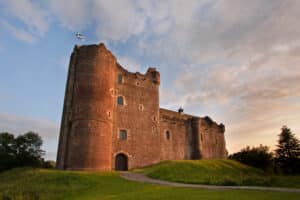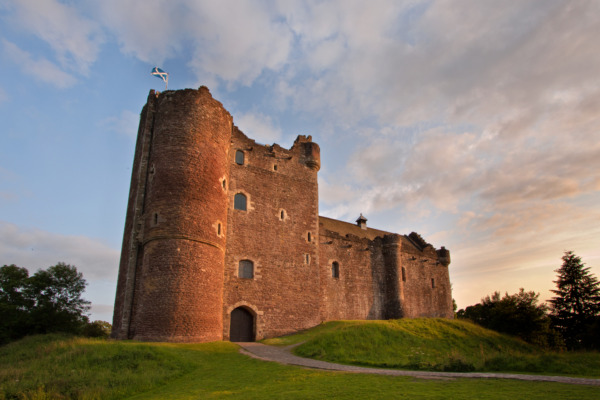
Different Categories of Listed Building
Listed Building in Scotland fall into one of three categories, with Category A being the most important, followed by Category B and Category C.
- Category A includes buildings of national or international significance, known for their architectural or historical value, and those that have been well-preserved.
- Category B comprises buildings of regional importance or major examples of a particular period, style, or building type, which may have undergone some alterations.
- Category C covers buildings of local importance, including lesser examples of any period or style, moderately altered buildings, and simple traditional buildings that harmonize well with those in Categories A and B.
In Scotland, eight percent of all listed buildings are category A, 60% category B and 32% category C.
How does the listing process work?
Buildings are listed by Historic Environment Scotland (HES) under the ‘Planning (Listed Buildings and Conservation Areas) (Scotland) Act 1997’.
HES have a team who research and assess applications for listings and take into account buildings that:
- Help to create Scotland’s distinctive character
- Are a highly visible and accessible part of our rich heritage
- Express Scotland’s social and economic past
- Span a wide range of uses and periods
- Contribute significantly to our sense of place
Listed buildings cover diverse aspects of life including education, recreation, defence, industry, housing and worship.
What are the obligations and restrictions on listed building owners?
If you are buying a listed property, when you express an interest in it you will be supplied with the Home Report. You’ll want to pay particular attention to the condition of the building and if you submit an offer, you may want to include a condition that it is subject to a more detailed inspection before concluding missives.
If you are considering making any changes to the property, you will want to understand what is and is not likely to be agreeable to the relevant planning authority. There are more stringent rules for making alternations, adding extensions or removing/demolishing any or all of a listed building.
Buying a Listed Building – conclusion
Buying a listed building comes with its own challenges, but in return you get to live in a unique building and become the custodian of part of Scotland’s built heritage. We have many years of helping clients purchase all sorts of property, from listed castles to new build homes. Whatever property you have your eye on, let Wallace Quinn help you realise your property dream. Get in touch for a conversation.

